Richard F. Tinder9781598293487, 1598293486
Table of contents :
Tensor Properties of Solids……Page 1
Keywords……Page 4
Preface……Page 5
Acknowledgments……Page 7
Contents……Page 9
PART I – Equilibrium Tensor Properties of Solids……Page 15
1.1 DEFINITION OF A TENSOR PROPERTY……Page 17
1.2 CONCEPTS OF EQUILIBRIUM AND REVERSIBILITY……Page 18
1.3 INTERACTION DIAGRAMS AND FIRST-ORDER EQUILIBRIUM PROPERTY NOMENCLATURE AND REPRESENTATION……Page 19
1.4 INTERACTION DIAGRAM FOR THE FIRST-ORDER NONEQUILIBRIUM TENSOR PROPERTIES……Page 23
2.1 INTRODUCTION TO TENSOR AND MATRIX NOTATION……Page 27
2.2 TRANSFORMATION OF TENSORS……Page 28
2.2.2 Transformation of Vectors……Page 29
2.2.3 Transformation of Second-Rank Tensors……Page 30
2.2.4 Symmetrical and Antisymmetrical Second-Rank Tensors……Page 31
2.2.5 Quadratic Transformation Forms……Page 33
2.2.6 Transformation of Third-Rank Tensors……Page 34
2.2.7 Transformation of Fourth-Rank Tensors……Page 36
2.3 INTRODUCTION TO TENSOR ALGEBRA……Page 39
2.3.2 Tensor Multiplication……Page 40
2.3.4 Tensor Contraction……Page 41
2.4 AXIAL TENSORS……Page 43
2.5 TAYLOR’S SERIES EXPANSION AND THE TENSOR DIFFERENTIATION LAWS……Page 44
2.6 TENSOR FIELDS AND TENSOR OPERATORS……Page 45
2.6.1 Gradient of a Tensor Field……Page 46
2.6.3 Kronecker Delta, Permutation Tensor, Vector Cross Product, and Tensorial Contraction……Page 47
3.1 INTRODUCTION……Page 51
3.2.2 Center of Symmetry……Page 52
3.3 SPACE LATTICES, UNIT CELLS, CRYSTALLOGRAPHIC PLANES, AND DIRECTIONS-MILLER INDICES……Page 55
3.5 NEUMANN’S PRINCIPLE AND ITS APPLICATION TO TENSOR PROPERTIES……Page 60
3.6 APPLICATION OF NEUMANN’S PRINCIPLE TO SYMMETRICAL SECOND-RANK PROPERTY TENSORS……Page 66
3.7 EFFECT OF NEUMANN’S PRINCIPLE ON THE 11 CENTROSYMMETRICAL CRYSTAL CLASSES……Page 70
3.8 LONGITUDINAL AND TRANSVERSE EFFECTS FOR SYMMETRICAL SECOND-RANK PROPERTY TENSORS……Page 71
4.1 Energy Representations and the Criteria for Thermodynamic Equilibrium……Page 75
4.1.1 Energy Density Representation……Page 78
4.2 Thermodynamic Definition of Parameters……Page 79
4.3 Generalized Compliance and Rigidity Matrices……Page 82
4.4 Symmetry of the General Compliance and Rigidity Matrices……Page 85
4.5.1 Principal Effects……Page 88
4.5.2 Independent Coupled Effects……Page 89
4.6 Effect of Measurement Conditions on the First-Order Tensor Properties……Page 92
5.1 THE DEPENDENT COUPLED EFFECTS……Page 99
5.2 INTERRELATIONSHIP BETWEEN FIRST-ORDER PROPERTIES-USE OF INTERACTION DIAGRAMS……Page 101
5.3 THE GRÜNEISEN TENSOR……Page 104
6.1.1 Direct Piezoelectric Effect……Page 109
6.1.2 Converse Piezoelectric Effect……Page 111
6.1.3 Crystal Symmetry Considerations……Page 113
6.1.4 Brute-Force Method for the Trigonal and Hexagonal Classes- The Piezoelectric Moduli……Page 114
6.1.5 Longitudinal Piezoelectric Effect……Page 120
6.2 ELASTICITY……Page 122
6.2.2 Bulk Elastic Behavior……Page 124
6.2.3 Transformation Laws……Page 126
6.2.5 Effect of Crystal Symmetry……Page 127
6.2.6 Homogeneous Elastically Isotropic Solids……Page 132
6.2.7 Young’s Modulus in a Particular Direction……Page 134
6.2.8 Shear Modulus and Poisson’s Ratio……Page 136
7.1 ELECTROSTRICTION AND MORPHIC EFFECTS……Page 137
7.1.1 Symmetry and Transformation Considerations of Fourth-Rank Tensors……Page 138
7.2 GENERALIZED DEVELOPMENT OF THE SECOND-ORDER EFFECTS……Page 139
7.3 PHENOMENOLOGICAL DEVELOPMENT OF THE OPTICAL EFFECTS……Page 143
7.3.1 Electro-Optical Effects……Page 146
7.3.2 Piezo-Optical and Elasto-Optical Effects……Page 148
7.3.3 Piezo-Optical Effect in Cubic Crystals Under Uniaxial Tension……Page 150
7.3.4 Magneto-Optical (Cotton-Mouton and Faraday) Effects……Page 153
7.3.5 Thermo-Optical Effects……Page 156
Part II – Transport Properties of Solids……Page 159
8.1 GRADIENTS, CURRENT DENSITIES, AND THE CONDUCTIVITIES……Page 161
8.3 CROSS OR INTERFERENCE CONDUCTIVITIES……Page 163
8.4.1 Markoff Processes……Page 164
8.4.3 Onsager’s Reciprocity Principle……Page 165
8.5 PROPER CHOICE OF PARAMETERS……Page 166
8.5.1 Further Restrictions on the Phenomenological Coefficients……Page 169
8.6 FLOW OF ELECTRONIC CHARGE AND HEAT- THE CONDUCTIVITIES……Page 170
9.1 SEEBECK EFFECT (THERMOCOUPLE EFFECT)……Page 173
9.2 PELTIER EFFECT (THERMOELECTRIC HEATER/REFRIGERATOR EFFECT)……Page 176
9.3 THOMSON EFFECT……Page 177
9.4 PIEZOTHERMOELECTRIC AND ELASTOTHERMOELECTRIC EFFECTS……Page 180
9.5 PIEZORESISTANCE EFFECT (STRAIN GAUGE EFFECT)……Page 183
9.6.1 Multiple Diffusing Species……Page 185
10.1 FIRST-ORDER THERMOMAGNETIC AND GALVANOMAGNETIC EFFECTS IN AN ISOTROPIC PLANE……Page 189
10.2 DEFINITIONS OF THE THERMOMAGNETIC AND GALVANOMAGNETIC EFFECTS IN AN ISOTROPIC x,y PLANE……Page 192
10.3 SECOND-ORDER EFFECTS IN A MAGNETIC FIELD- THE HALL AND MAGNETORESISTANCE TENSORS……Page 195
10.4 FIRST-ORDER THERMOGALVANOMAGNETIC EFFECTS IN ISOTROPIC CONDUCTIVE MEDIA……Page 198
10.5 OTHER HIGHER-ORDER MAGNETOTRANSPORT TENSOR PROPERTIES IN ANISOTROPIC MEDIA……Page 200
A.1 CONDITIONS FOR MAGNETOCRYSTALLINE CLASS APPLICATION……Page 203
A.2 COMBINED SPACE-TIME TRANSFORMATIONS……Page 204
A.3 APPLICATION OF NEUMANN’S PRINCIPLE TO MAGNETOCRYSTALLINE TRANSFORMATIONS……Page 206
A.4 THE MAGNETIC POINT GROUPS……Page 209
I. GENERAL TEXTS ON THE PHYSICAL (TENSOR) PROPERTIES OF SOLIDS……Page 215
III. GENERAL TEXTS FROM A THEORETICAL PHYSICS POINT OF VIEW……Page 216
VI. MAGNETIC PROPERTIES AND SYMMETRY CONSIDERATIONS……Page 217
VIII. MEASUREMENT TECHNIQUES AND DATA OF TENSOR PROPERTIES OF SOLIDS……Page 218
Glossary of Terms and Expressions……Page 219
Glossary of Symbols and Abbreviations……Page 237
Greek Symbols……Page 241
Author Biography……Page 243
Index……Page 245
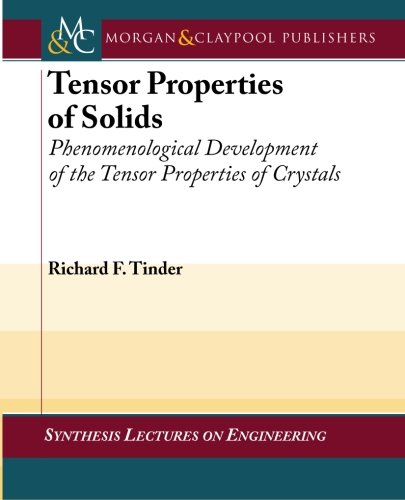
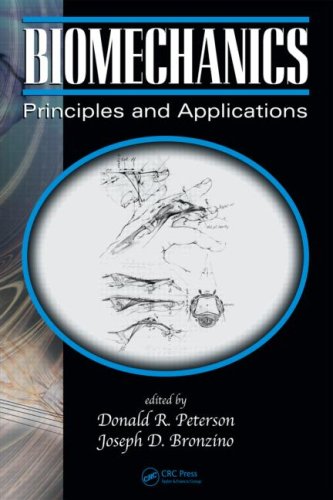
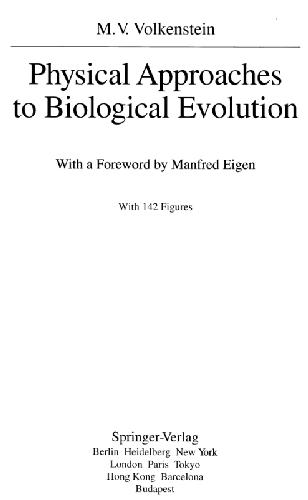
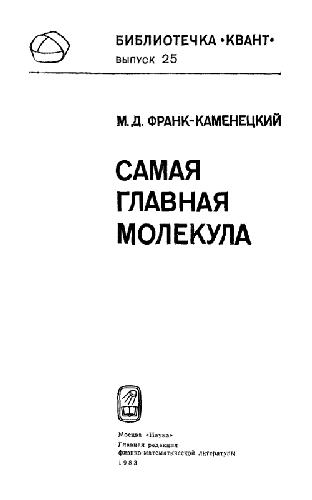
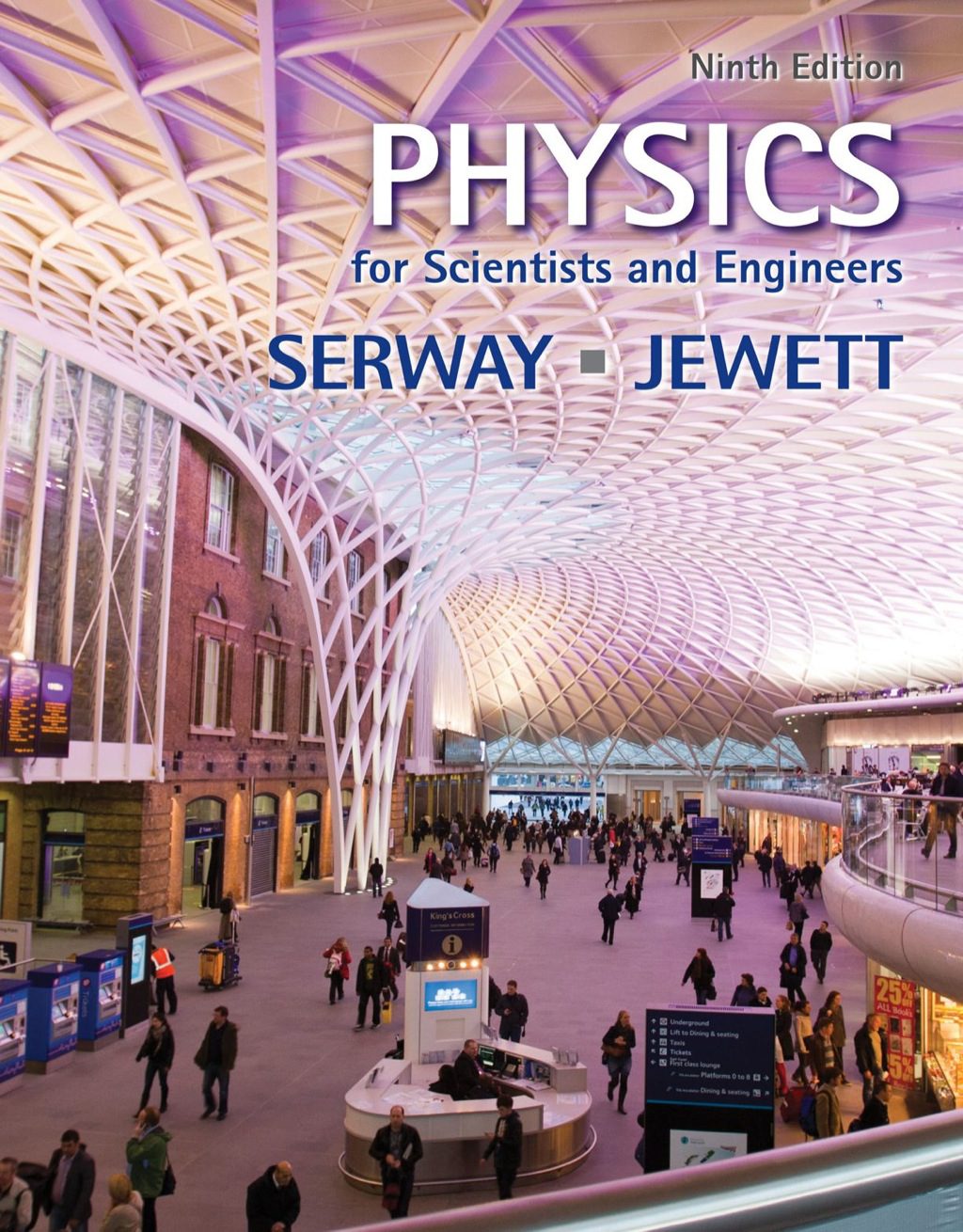
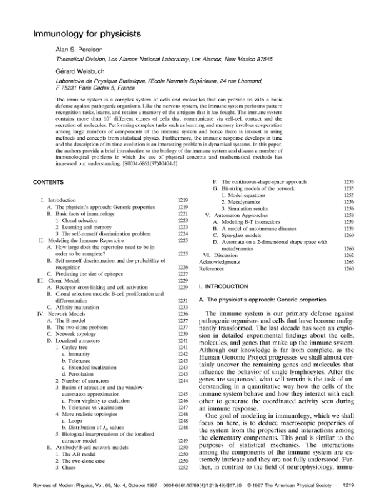
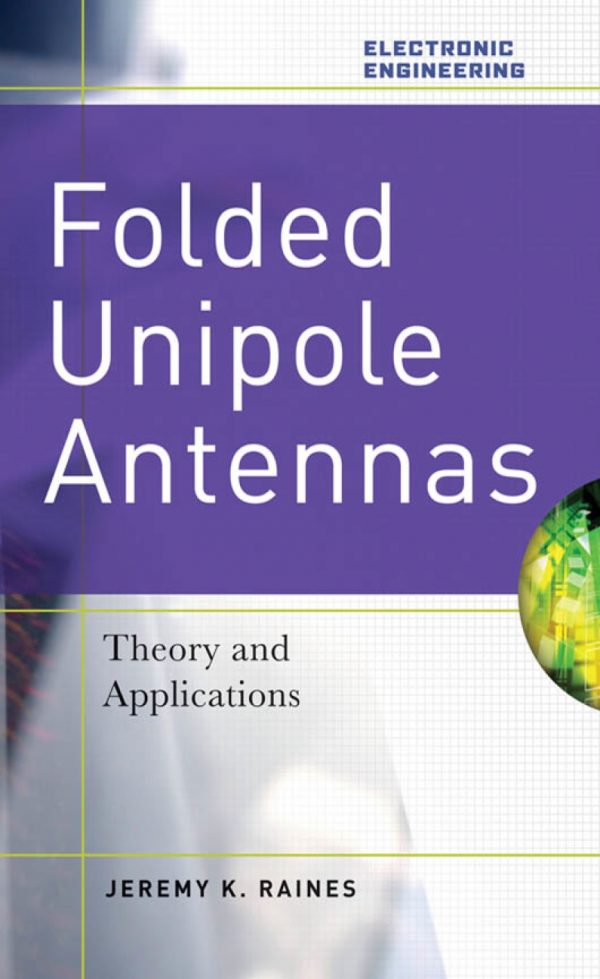
Reviews
There are no reviews yet.